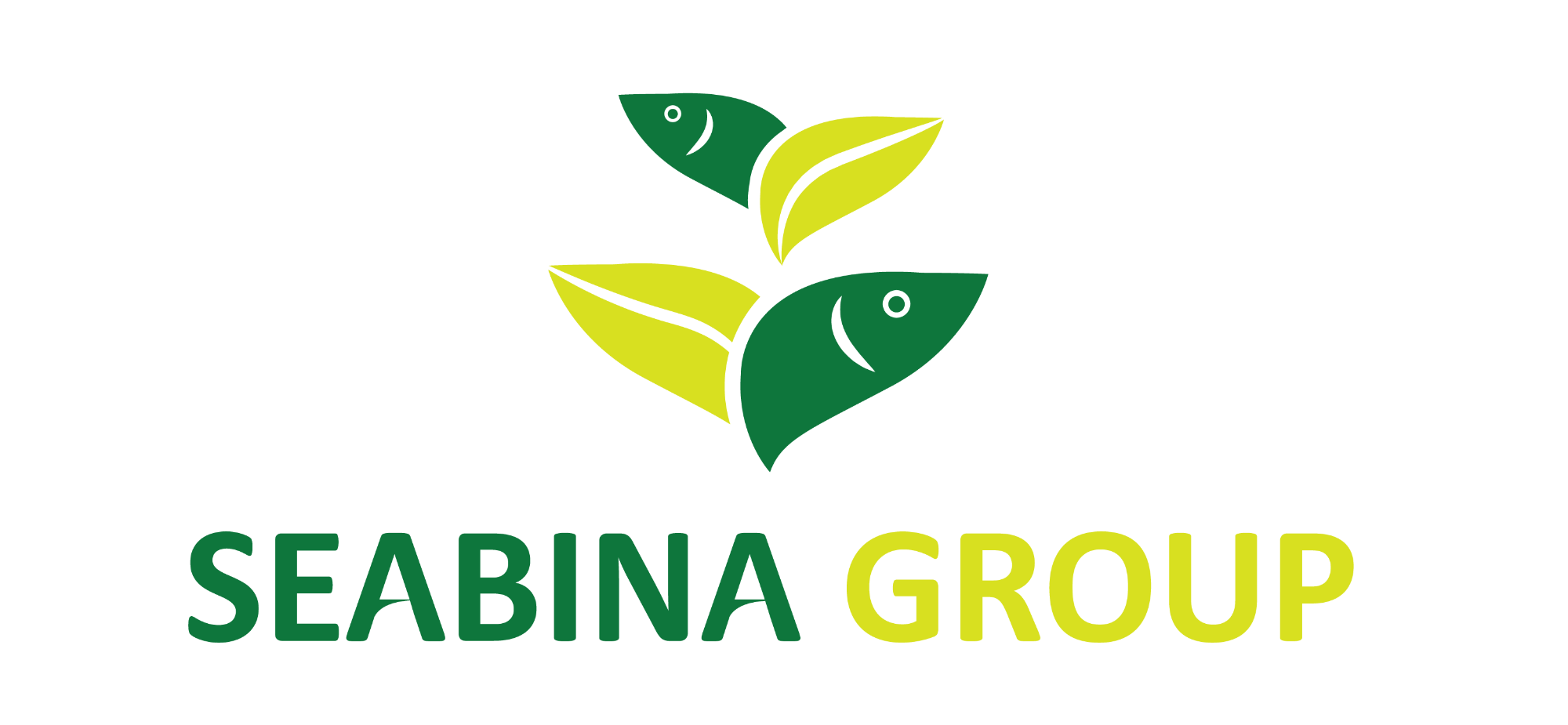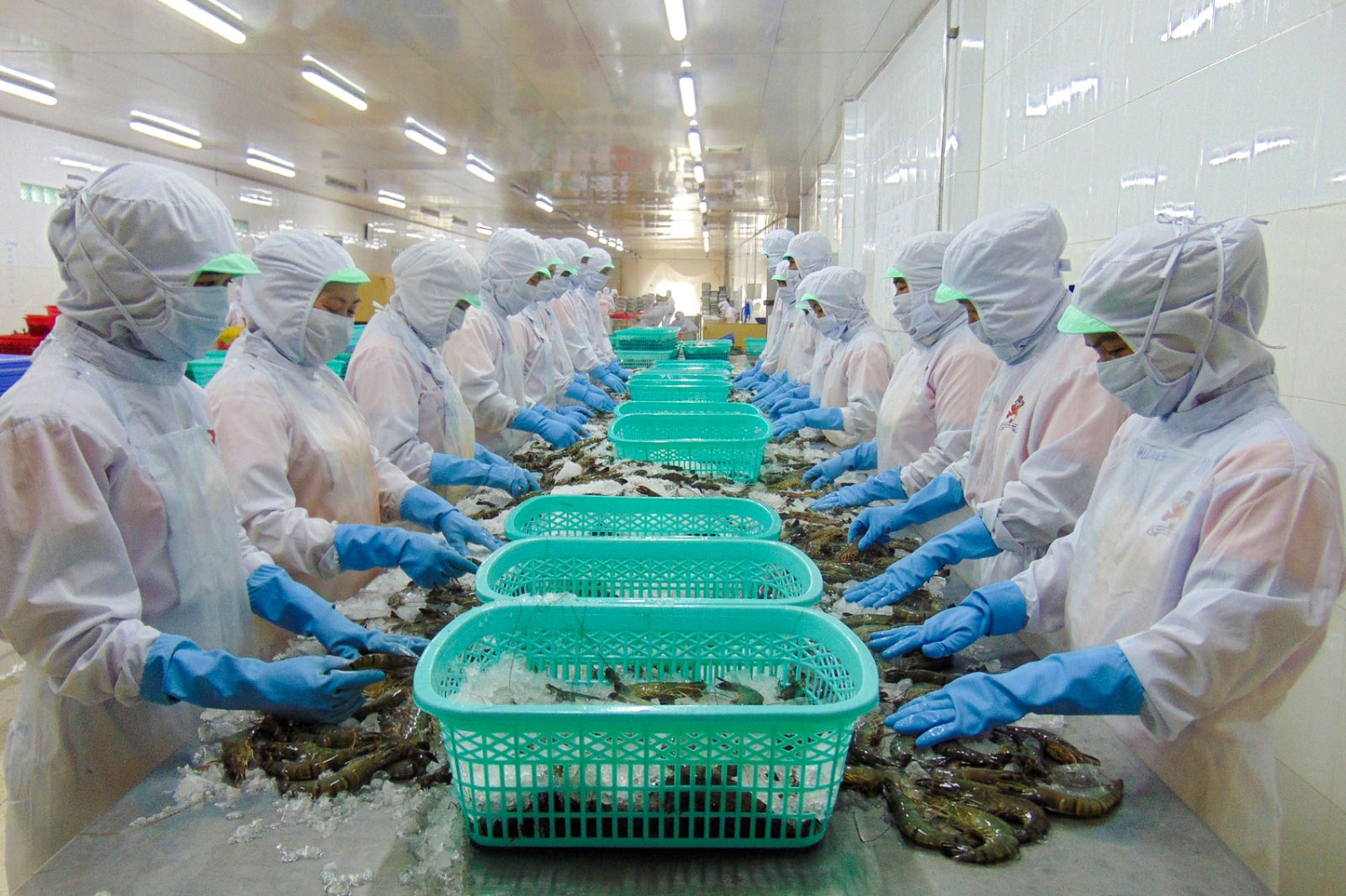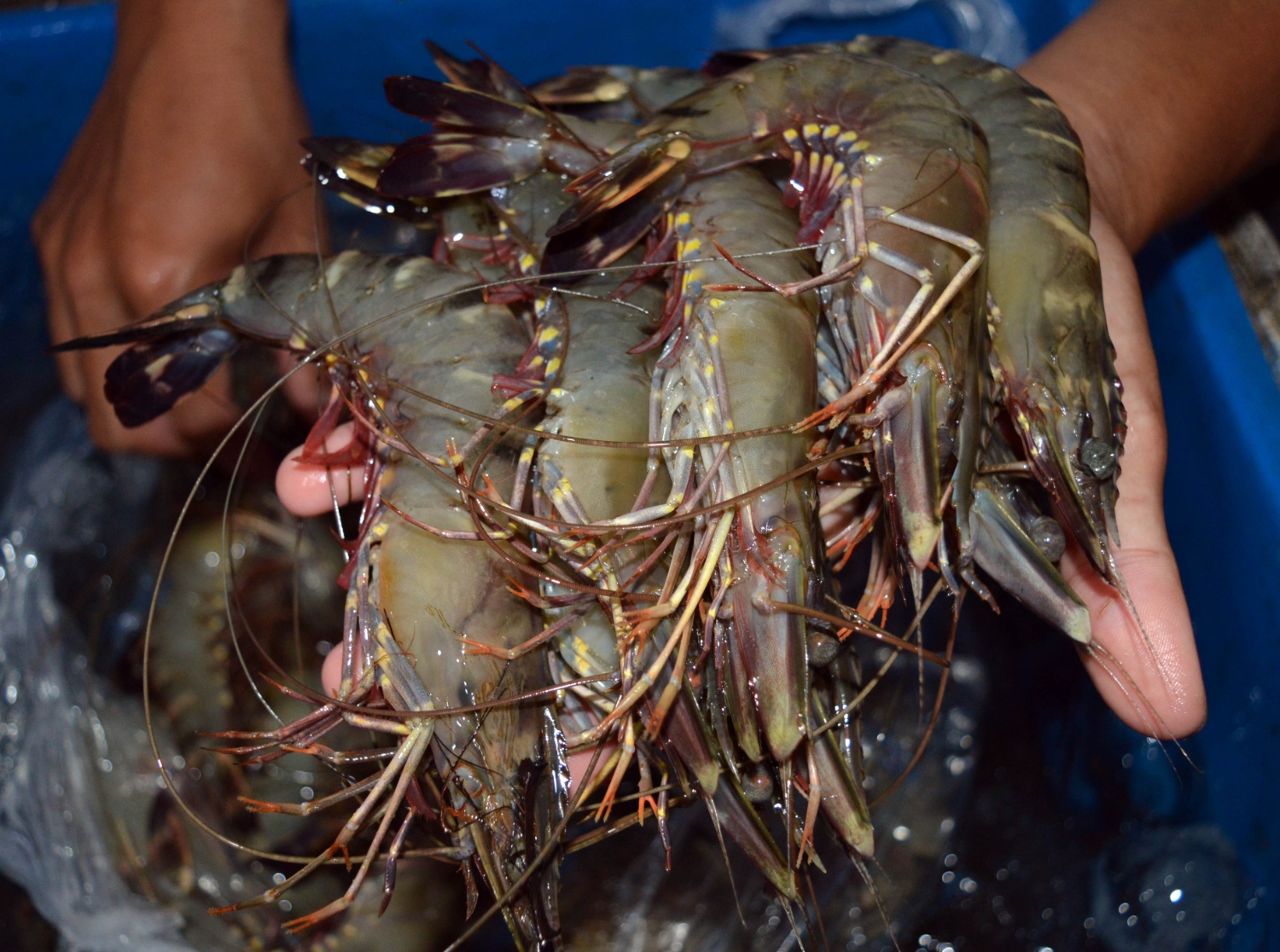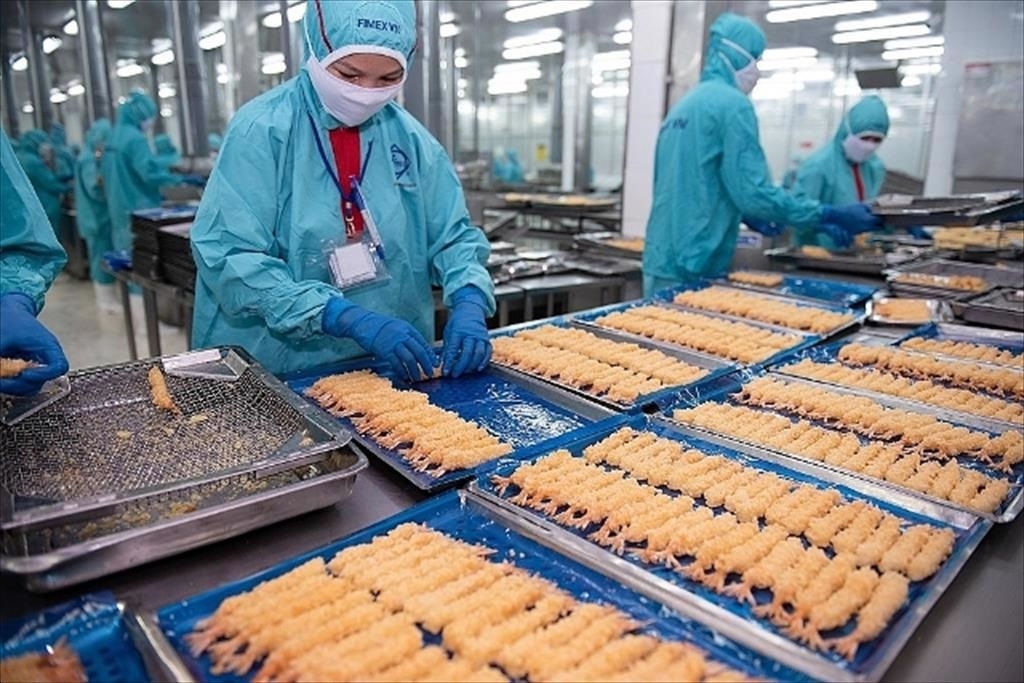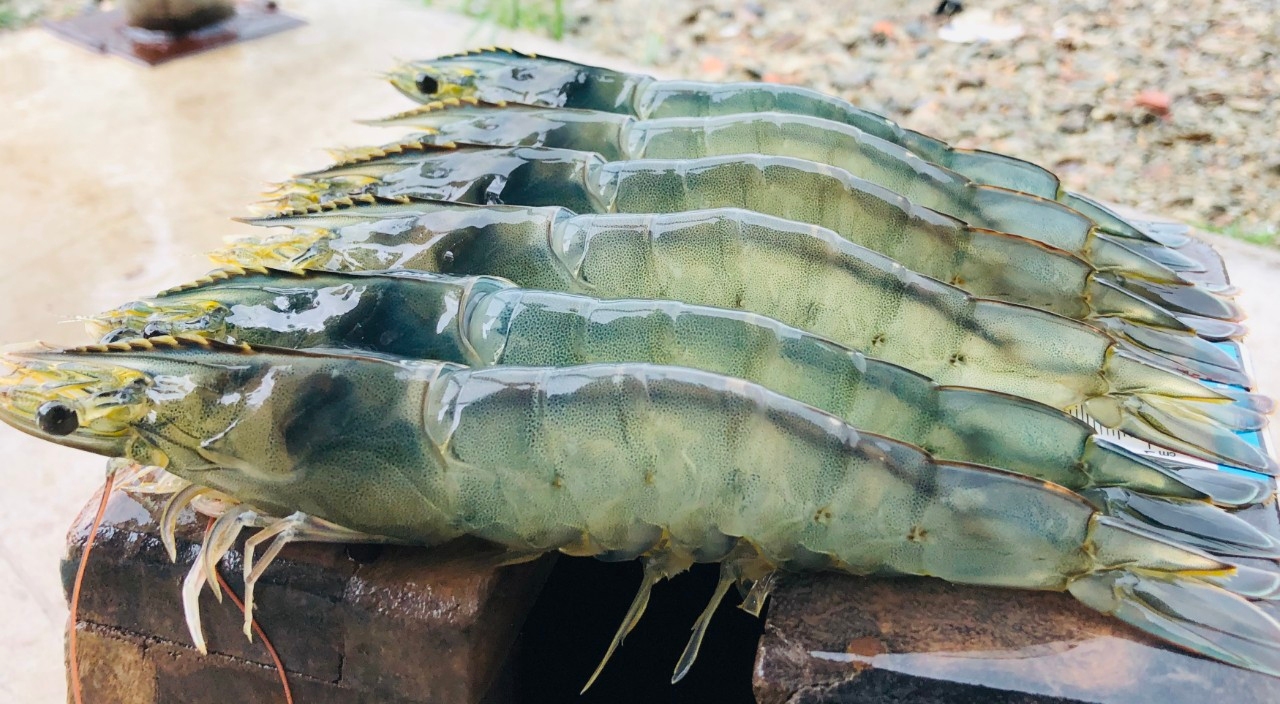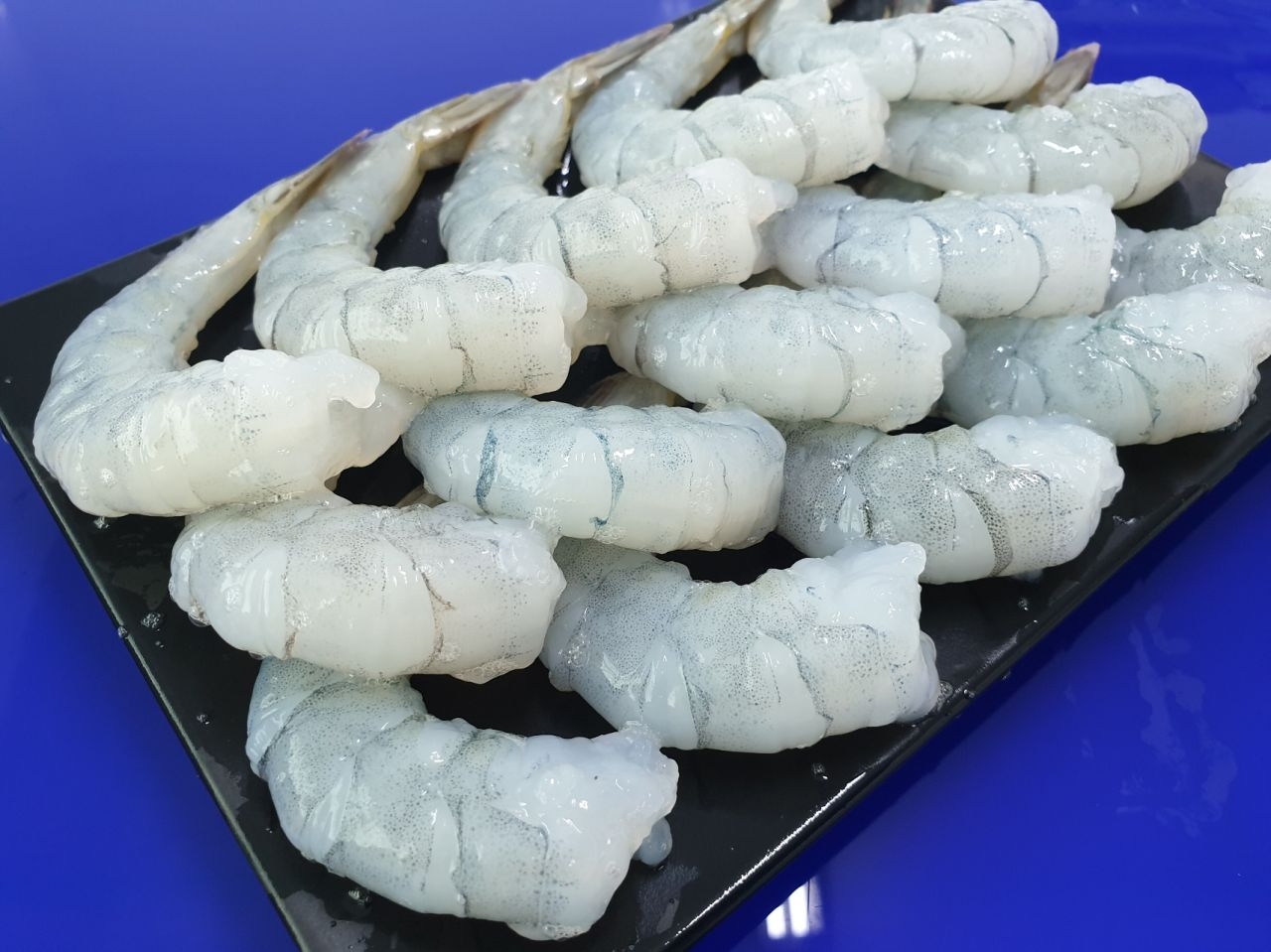
Vietnam's seafood exports decline as global inflation bites
Vietnam's seafood exports decline as global inflation bites
Vietnam has seen its seafood exports and sales fall to their lowest levels in seven months as high inflation in major markets has led to reduced global consumption.
Vietnam's exporters began to feel the brunt of the global inflationary crisis more clearly in September, as sales plunged and customers suspended deliveries. Vietnam’s seafood export value in September was USD 862.8 million (EUR 878.5 million), down 13.7 percent from August, and the lowest total since February.
Seafood trade between Vietnam's and most of its top markets declined in the month, including the U.S., which purchased USD 142.9 million (EUR 145.4 million), down 10.4 percent month-on-month. Japan's purchases, at USD 142.1 million (EUR 144.6 million), were down 18 percent month-on-month; sales to South Korea were down 22.4 percent to USD 76.5 million (EUR 77.9 million); the U.K.'s purchases, at USD 30.1 million (EUR 30.6 million), were down 11.9 percent; sales to Canada declined 37.5 percent to USD 22.7 million (EUR 23.1 million); and sales to Germany dropped 16.3 percent to USD 21.7 million (EUR 22.1 million).
China was the only major buyer that increased its imports of seafood from Vietnam month-on-month, to USD 146.3 million (EUR 148.9 million), up 2.4 percent, according to customs data.
The lower sales were reflected in the results of top seafood companies in the country. Minh Phu, the country's top shrimp exporter, recorded USD 51.2 million (EUR 52.1 million) in September sales, down 12.2 percent from the USD 63.4 million (EUR 64.5 million) worth it exported in August. Its sales to Japan dropped 23.2 percent to USD 11.6 million (EUR 11.8 million), and its U.S. sales sunk 22.8 percent to USD 10.5 million (EUR 10.7 million). Its sales to Canada plunged 54.9 percent month-on-month to USD 3.7 million (EUR 3.8 million), Minh Phu’s data showed.
Another top Vietnamese shrimp company, Fimex (Sao Ta), saw its export value decline by 10 percent month-on-month to USD 19.8 million (EUR 20.2 million) in September.
Vietnam exported pangasius worth USD 164 million (EUR 167 million) in September. Although that total is double that of September 2021, when Vietnam was suffering through a nationwide outbreak of COVID-19, it was 15 percent lower than August 2022. But September is normally a very busy month for exporters as they meet higher demand for year-end holidays, and September's totals did not meet national targets, according to the Vietnam Association of Seafood Exporters and Producers (VASEP).
The country's top pangasius exporter, Vinh Hoan, saw its revenue in September fall 28 percent to VND 917 billion (USD 37.7 million, EUR 38.4 million) from August, mainly due to a drop in sales to the United States. The U.S. imported VND 320 billion (USD 13.1 million, EUR 13.4 million) worth of Vinh Hoan's pangasius, down 37 percent month-on-month. Elsewhere, Vinh Hoan's sales to Europe dropped 10 percent month-on-month to VND 107 billion (USD 4.4 million, EUR 4.5 million), and its sales to China fell 52 percent month-on-month to VND 81 billion (USD 3.3 million, EUR 3.4 million).
Minh Phu CEO Le Van Quang told SeafoodSource he foresees a negative outlook for sales in October, November, and December due to high inflation rates in key markets.
“We have a lot of signed orders to deliver but because of high inflation, our customers’ sales are slowed, thus their stockpiles are high, preventing them from adding more to their storage facilities. They said they would receive the volumes they have signed to purchase but did not say when,” Quang said.
In response, Minh Phu, the dominant player in the domestic shrimp industry, has reduced its purchase prices for the shrimp it buys to meet its processing needs, even with lower domestic shrimp production due to diseases reducing supply.
Global inflation is worsening, hitting shrimp consumption in Vietnam's main markets, according to Fimex Chairman Ho Quoc Luc said. The devaluation of the euro, the British pound, and the Japanese yen has reduced purchasing power in these markets, while the U.S. market has been flooded with low-priced shrimp from Ecuador and India. Meanwhile, domestic material shrimp prices have remained high for several months due to falling production, putting signficant pressure on exporters, Luc said.
“In this context, from September to the end of the year, shrimp export turnover will decrease sharply compared to previous months,” Luc said.
Processing factories in the Mekong Delta, a seafood production hub in Vietnam, reduced their material shrimp volumes purchased in September by between 30 and 40 percent compared to August, mainly due to poor demand. The lower purchase volumes also stemmed from companies focusing more on deep processing, which has resulted in lower capacity, according to a report from Vietnam Fisheries Magazine.
Siam Canadian Sales Director for Vietnam Vo Thi Tuong Oanh told SeafoodSource that apart from the lower consumption due to high inflation in key markets, importers in these markets have also had to slow down their purchases to reduce losses from the devaluation of their currencies against the U.S. dollar. Oanh forecasted that Vietnam’s seafood sales in October and November will go down because exports to the U.S., Canada, and the E.U. have been much lower than expected before this year's holiday season.
“Importers from different markets have requested several factories in Vietnam to delay their shipments by two to three months from contracted schedule. Many factories are sitting on huge stock and they are struggling for cashflow. Then you can see how serious the impact is,” Oanh said.
Despite the headwinds, VASEP remains optimistic that the country will only need 11 months to achieve this year’s export-value target of USD 10 billion (EUR 10.2 billion), as the total export value achieved between January and October has already reached USD 8.49 billion (EUR 8.64 billion), up 37.3 percent year-on-year.
Photo courtesy of Vietnam Association of Seafood Exporters and Producers
Source: seafoodsource.com
Other news
- Early stocking to get good price 21/12/2024
- Shrimp prices rise again in Vietnam, and reach 12-month high in India 28/08/2024
- Vietnamese Shrimp Industry Faces Many Challenges: Farmers Prefer Quality but Cheap Shrimp Seeds 01/08/2024
- Raw shrimp prices fall: Another challenge the shrimp industry must overcome 03/07/2024
- Storms in the shrimp industry may last in 2024 07/05/2024
- Vietnam's Seafood Exports Reach $2 Billion In Q1 03/04/2024
- King of shrimp industry profits in 2023 02/04/2024
- A difficult story for shrimp 11/03/2024
- Shrimp exports face a difficult problem 23/02/2023
- Vietnam’s shrimp exports reached 141 million USD in the first month of 2023 22/02/2023
